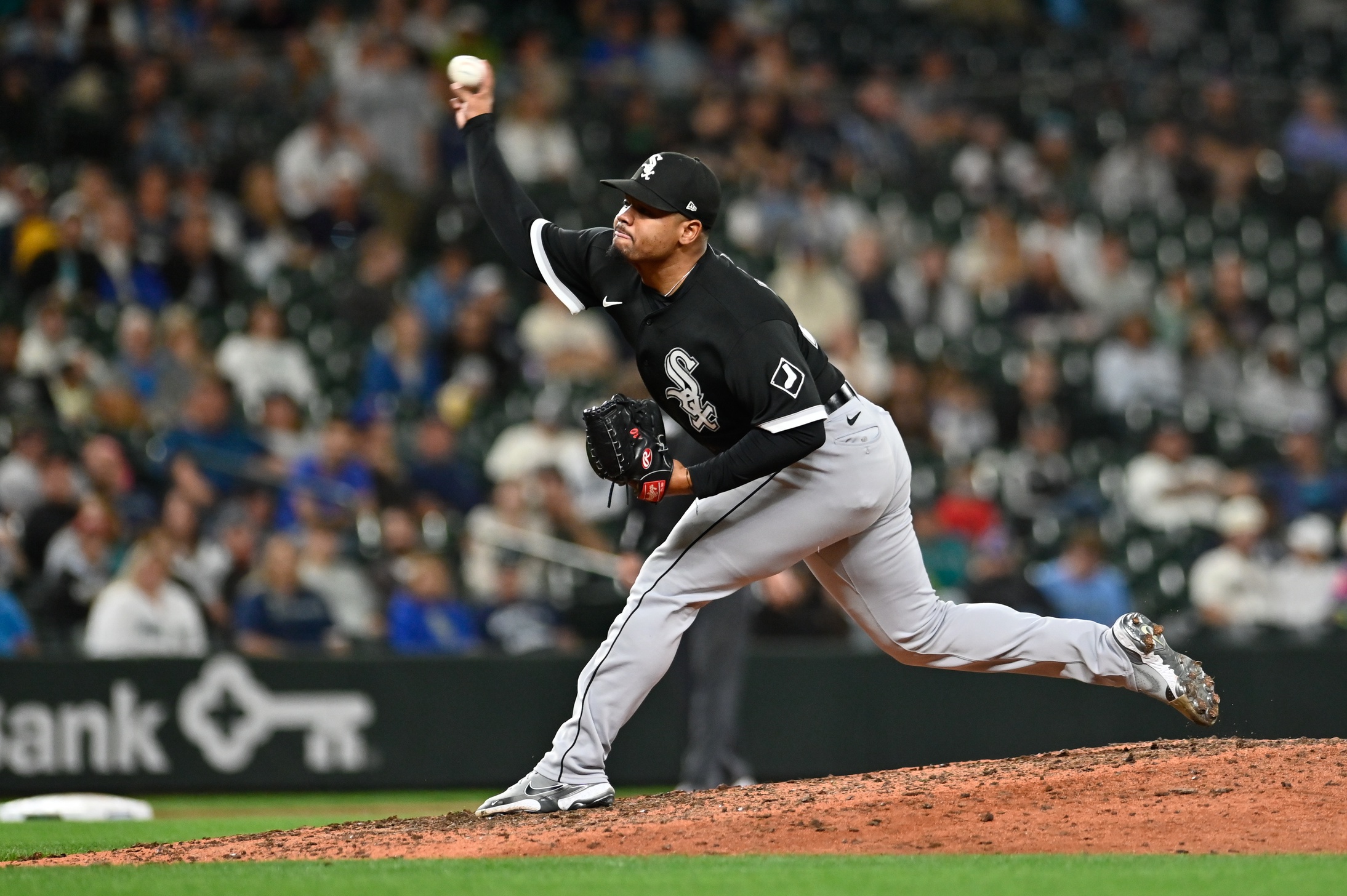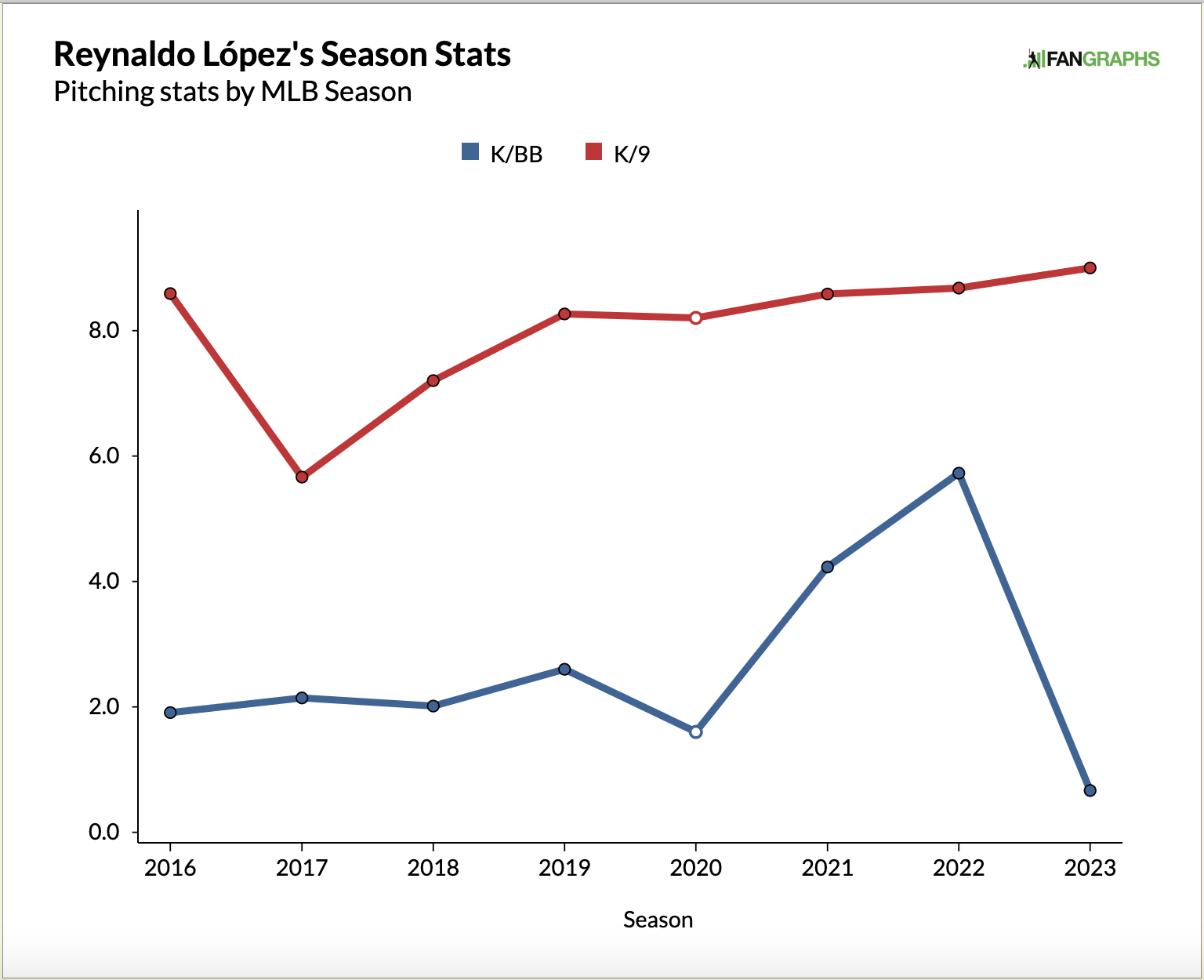Ottoneu Relief Pitching Drip: Finding Under-Rostered Relievers
After rethinking what my Friday column looks like last week, I think I’ve settled on what this Tuesday column will cover for the foreseeable future. Instead of focusing on making recommendations for starters each week (which I’ll be doing anyway in my Friday SP Planner), I’ll cover under-rostered pitchers more broadly. I’ll switch off between covering starters and relievers each week with the goal of finding pitchers who are performing well and deserve a second look.
Keeping track of the machinations of 30 major league bullpens is pretty tricky. In standard leagues, it’s hard enough trying to discern which relievers are earning save opportunities, especially since more and more teams are using a committee approach in the ninth inning. In Ottoneu, with both saves and holds earning points, that search for high leverage relievers becomes even more of a challenge. There are plenty of resources out there — the Roster Resource Closer Depth Chart is one of my favorites — but even the most vigilant fantasy player can’t keep track of everything going on across the majors.
The first thing I do when looking for under-rostered relievers is look at Leverage Index, first at the seasonal averages and then the change in Leverage Index over the last two weeks. Generally, teams know what they’re doing when deploying their relievers, and they’ll use their best pitchers in the most high leverage situations. When the bullpen hierarchy shifts, LI is pretty quick to pick up on those changes, though it’s obviously limited by the number of high leverage situations a team sees.
Here’s a list of relievers who have seen the highest positive change in Leverage Index over the last two weeks, who are also rostered in less than 60% of all Ottoneu leagues:
| Player | Team | FIP | gmLI | gmLI (Last 2 wks) | gmLI Δ | Roster% |
|---|---|---|---|---|---|---|
| Pierce Johnson | COL | 4.68 | 1.13 | 2.21 | 1.08 | 50.96% |
| Zach Jackson | OAK | 3.13 | 1.72 | 2.7 | 0.98 | 44.23% |
| Brock Burke | TEX | 4.53 | 1.57 | 2.55 | 0.98 | 50.64% |
| Taylor Clarke | KCR | 3.8 | 0.97 | 1.86 | 0.89 | 0.64% |
| Carlos Hernandez | KCR | 4.04 | 0.7 | 1.57 | 0.87 | 3.53% |
| Scott McGough | ARI | 5.25 | 1.32 | 2.14 | 0.82 | 14.42% |
| Josh Sborz | TEX | 2.83 | 1.14 | 1.9 | 0.76 | 0.32% |
| Phil Bickford | LAD | 3.38 | 0.82 | 1.52 | 0.70 | 3.85% |
| Jonathan Hernandez | TEX | 6.53 | 1.55 | 2.24 | 0.69 | 31.41% |
| Genesis Cabrera | STL | 5.41 | 0.63 | 1.3 | 0.67 | 9.62% |
It’s tough to own any Rockies reliever, not only because they pitch half their games in Coors Field, but because the team sees fewer high leverage situations than a more competitive team would. Pierce Johnson is definitely seeing all the save situations in Colorado, though his peripherals aren’t anything special with both his walk rate and his HR/FB rate approaching 15%.
Zach Jackson was just placed on the IL with an elbow injury and there really isn’t anyone in Oakland’s bullpen that’s worth rostering because they’re seeing even fewer high leverage situations than the Rockies are.
The Rangers bullpen situation could be an interesting one to speculate on. Jonathan Hernández was holding the eighth inning role, setting up for Will Smith the closer, but he has allowed eight runs in his last three appearances. He’s probably pitched his way out of the high leverage calculus for now, opening an opportunity for the other two Texas relievers listed above. Josh Sborz had collected holds in three straight appearances before allowing five runs to score across his last two outings. He might have the best peripherals of the bunch, but his footing seems to be unstable after his last two meltdowns. Brock Burke doesn’t have the high strikeout rate you’d expect from a high leverage reliever, though it was 27.4% last year. He might be next in line for the eighth inning based on the struggles of the pitchers who were ahead of him on the depth chart.
There are a few interesting names in the Royals bullpen, though they suffer from the same problem as the A’s and the Rockies. Taylor Clarke seems to have the seventh inning role locked down ahead of Aroldis Chapman and Scott Barlow. He’s increased his strikeout rate by more than seven points behind a new emphasis on his breaking balls. Kansas City seems to have given up on using Carlos Hernández as a starter and have transitioned his extremely hard fastball to the bullpen where it’s already elite velocity and ride will only play up. He’s responded with a strikeout rate north of 30% and a couple of high leverage appearances. Of course, the Royals have used him as a short-stint opener in his last two outings so maybe they’re not ready to put him in a back-end role yet.
Here are 10 more relievers rostered in less than 60% of all Ottoneu leagues who have been performing well over the last few weeks and are seeing high leverage opportunities in their respective bullpens.
| Player | Team | Role | FIP | gmLI | gmLI (2wks) | gmLI Δ | Pts/IP | Roster% |
|---|---|---|---|---|---|---|---|---|
| Nick Martinez* | SDP | SU8 | 1.57 | 1.08 | 0.54 | -0.54 | 8.71 | 57.1% |
| Tanner Scott | MIA | SU8 | 3.86 | 1.57 | 1.88 | 0.31 | 6.97 | 50.0% |
| Jason Foley | DET | SU8 | 2.61 | 1.74 | 1.07 | -0.67 | 8.03 | 46.8% |
| Caleb Ferguson | LAD | SU7 | 2.25 | 1.44 | 1.83 | 0.39 | 8.01 | 40.7% |
| Miguel Castro | ARI | CL | 3.1 | 1.67 | 2.14 | 0.47 | 8.31 | 40.7% |
| Peter Strzelecki | MIL | SU8 | 2.86 | 1.26 | 1.39 | 0.13 | 7.45 | 38.1% |
| Huascar Brazoban | MIA | SU7 | 2.68 | 1.65 | 1.88 | 0.23 | 6.33 | 25.6% |
| Joe Kelly | CHW | SU8 | 1.64 | 1.23 | 0.91 | -0.32 | 9.31 | 19.6% |
| Danny Coulombe | BAL | MID | 3.06 | 1.89 | 1.38 | -0.51 | 7.07 | 10.6% |
| John Brebbia | SFG | SU7 | 2.27 | 1.19 | 1.58 | 0.39 | 7.81 | 9.6% |
After making four starts at the beginning of the season, Nick Martinez has transitioned to the bullpen and has been thriving in a high leverage role for San Diego. His strikeout-minus-walk rate out of the pen is a fantastic 25.4% and he’s only being held back by the lack of hold opportunities for the scuffling Padres.
It looks like Miguel Castro is at least getting some consideration in a closer committee in Arizona. He earned two saves last week before getting inserted into the game in the seventh inning as the Phillies were threatening in a two-run game yesterday. He allowed an inherited runner to score but escaped the jam to earn a hold. He’s cut his walk rate by nearly three points while maintaining his strikeout rate this year.
The White Sox bullpen has been in flux all season long as they’ve tried to cover for the loss of Liam Hendriks. Joe Kelly might have emerged as the best option for Chicago; he’s struck out nearly 40% of the batters he’s faced this year. Hendriks is on the mend and working through his rehab assignment right now which means Kelly might settle in as a seventh or eighth inning option for the White Sox once their closer returns.
John Brebbia and Danny Coulombe are in weird positions in their respective bullpens. The former has been used as an opener a number of times this year, including yesterday ahead of Sean Manaea, but is seeing regular work in the seventh inning when he’s working out of the pen. His strikeout rate is 35.9% which is up among the league leaders and a huge improvement over what he was posting earlier in his career. Coulombe has also been striking out gaudy amounts of batters this year, but it’s been really hard to stand out in a very good Baltimore bullpen. His 28.2% strikeout-minus-walk rate sits behind only Yennier Cano and Félix Baustita in the Orioles ‘pen and it seems like it’s inevitable he’ll eventually start seeing more and more high-leverage opportunities if he continues to pitch this well.









